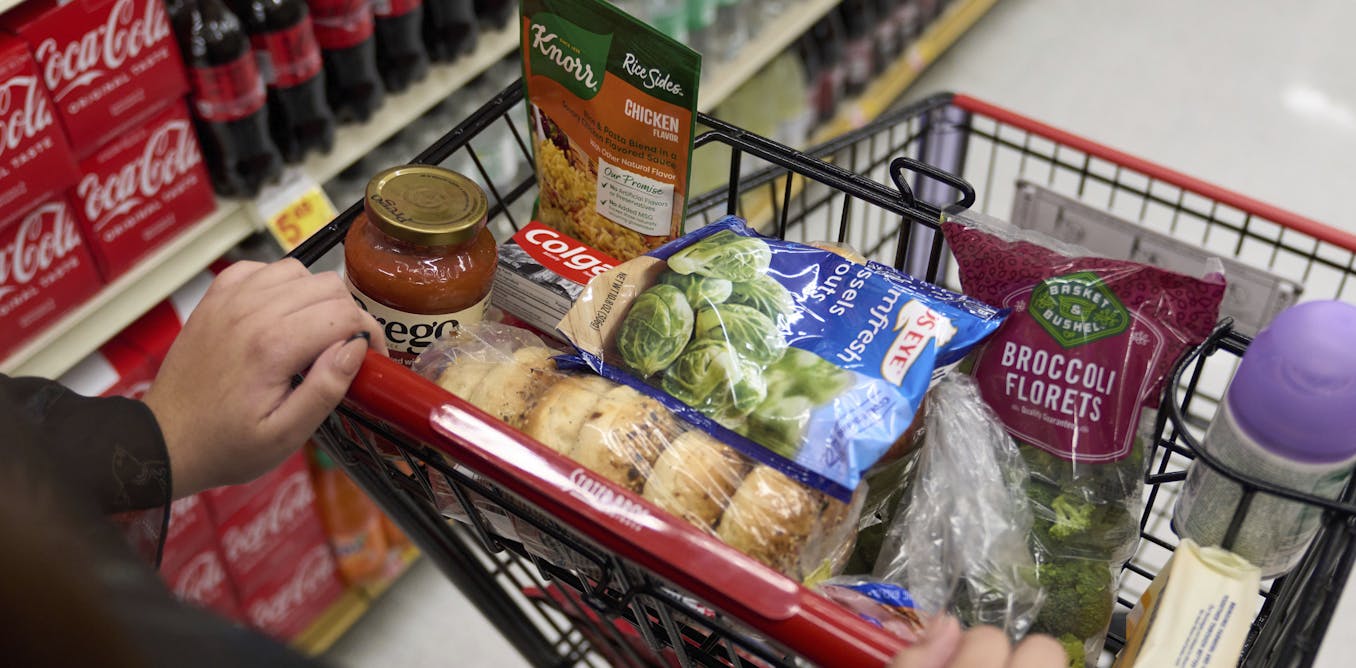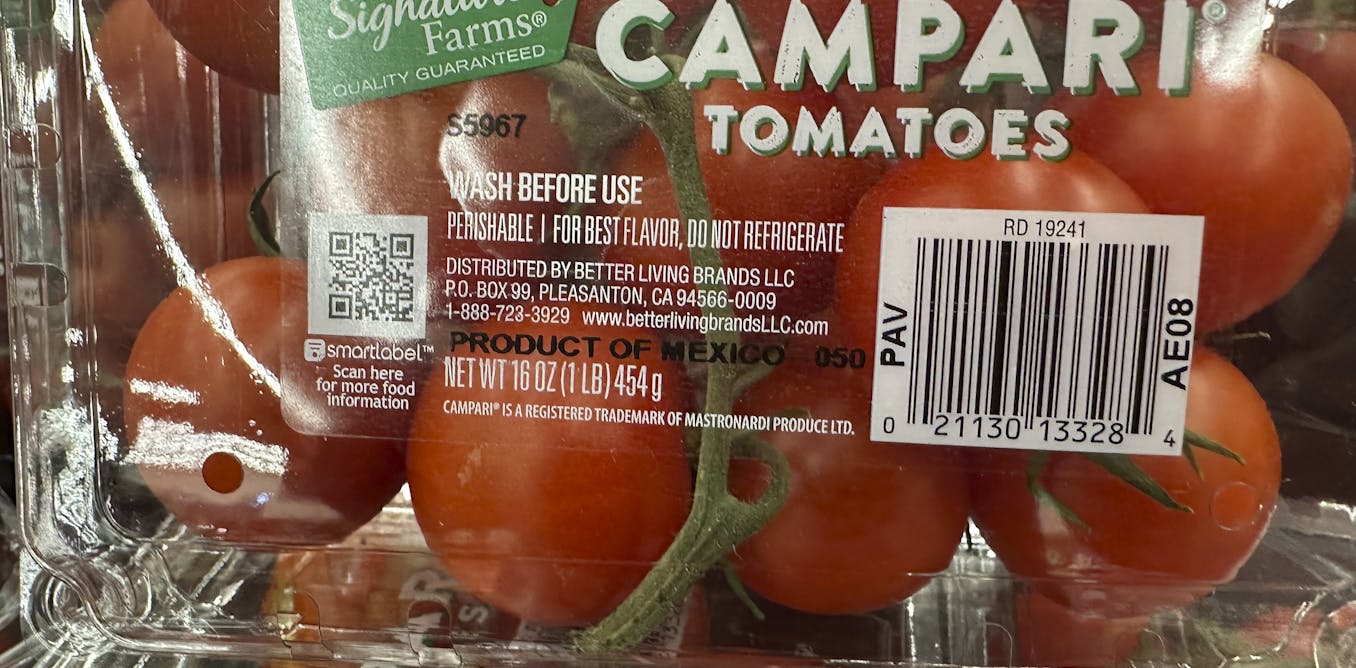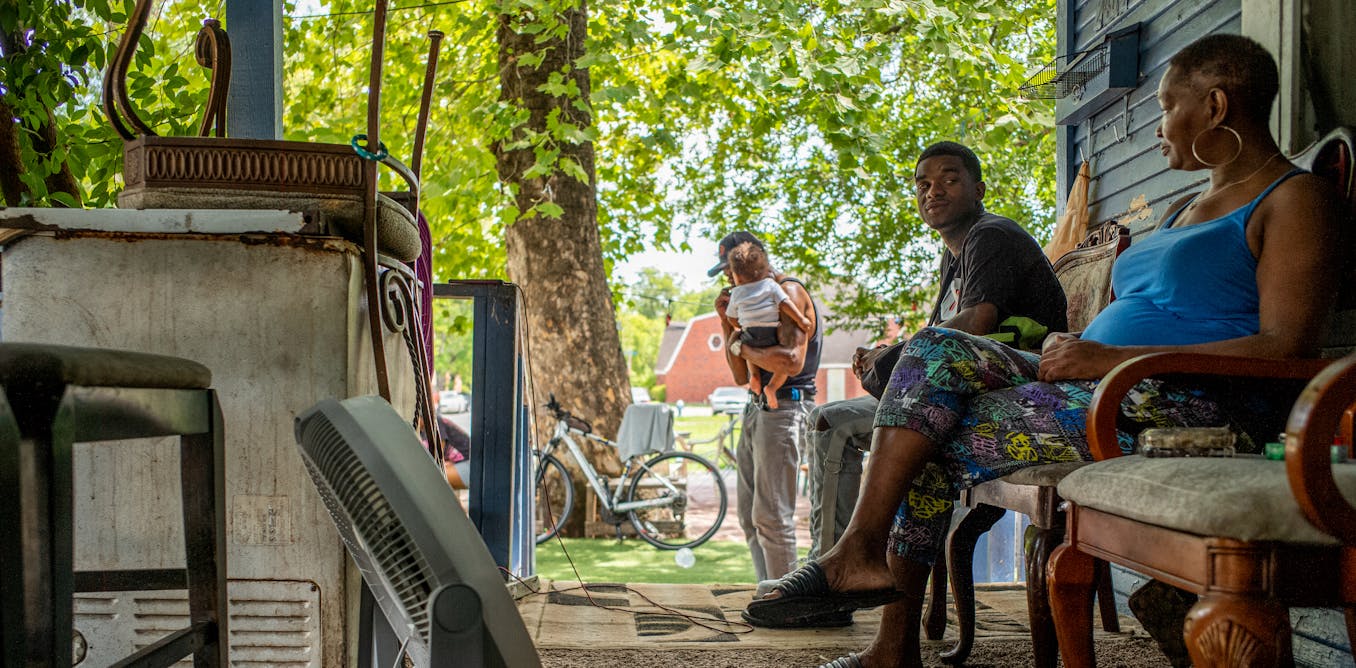Congress may soon consider whether to cut spending on the Supplemental Nutrition Assistance Program, the main way the government helps low-income Americans put food on the table. The Conversation U.S. asked Tracy Roof, a political scientist who has researched the history of government nutrition programs, to explain what’s going on and why the effort to reduce spending on SNAP benefits, which can be used to purchase groceries, could falter.
Why does it look like the federal government may cut SNAP spending?
Conservative critics of SNAP believe that the U.S. spends too much on the program, which cost the federal government US$100 billion in the 2024 fiscal year.
Federal spending on SNAP, however, has been falling since it peaked at $119 billion in 2022, before extra pandemic-related benefits ended.
Some Republican lawmakers are calling for new changes that would cut spending on the program.
Is there a SNAP budget?
No.
Today, SNAP helps nearly 42 million people put food on the table, including 1 in 5 children. Americans can usually qualify for SNAP benefits if their income is under 130% of the federal poverty line. In 2025, that would be $41,795 for a family of four and they have limited savings. Some eligibility guidelines can vary by state.
The rules are complex. Most adults under the age of 60 are subject to work requirements if they are “able-bodied” and not caring for a child or incapacitated adult. If adults between the ages of 18 and 54 don’t log at least 20 hours of work or another approved activity, their benefits can be cut off. Immigrants without authorization to reside in the U.S. aren’t eligible for SNAP.
Despite those restrictions on who can get SNAP benefits, there is no set limit to what the federal government can spend on the program. As more people become eligible due to their low incomes and therefore obtain benefits during economic downturns, this spending automatically increases. When the economy improves, it usually declines.
States administer the program under federal government guidelines. The federal government covers the full cost of benefits low-income people receive through the program, but the states cover roughly half of the administrative costs.
How can the federal government try to cut SNAP spending?
There are two main paths to program cuts.
One is through the farm bill, a legislative package Congress typically renews every four or five years that sets policies for SNAP and programs that support farmers’ incomes. The most recent farm bill expired in 2023. Congress has passed multiple one-year extensions on the measure because lawmakers have been unable to pass a new one.
The latest extension will expire on Sept. 30, 2025.
The other option is through the so-called budget reconciliation process underway in Congress. Right now, the primary Republican plan calls for extending $4.5 trillion in tax cuts passed in the first Trump administration and making up to $2 trillion in spending cuts over the next decade.
The House took the first step in this process by narrowly passing a budget blueprint on Feb. 25. This plan requires the House Agriculture Committee to cut $230 billion in spending over 10 years. While it does not force the committee to cut SNAP specifically, the program accounts for $1 trillion of the $1.3 trillion spent over a decade that the committee oversees – leaving few alternatives.
What kinds of changes might cut costs?
Most Republicans appear to favor changing how benefits are calculated and imposing stricter work requirements.
Today, the value of SNAP benefits that participants in the program can get are calculated based on the “thrifty food plan,” a blueprint for a low-cost, nutritionally adequate diet. A family of four, for example, can get benefits of up to $939 a month if they have no income.
The Biden administration updated that plan in 2021 in a way that increased monthly SNAP benefits by 23%, not counting the short-term pandemic adjustments to the program. Republican lawmakers want to prevent future changes to the thrifty food plan that might again sharply increase benefits.
Another proposal would roll back the 2021 change in the thrifty food plan. This would cut current benefits and save $274 billion over a decade. One hitch is that House Agriculture Committee Chair G.T. Thompson has promised no cuts to monthly SNAP benefits.
Many Republicans would like to stiffen the work requirements by requiring work of recipients who are up to age 65 or are the parents of children who are more than six years old. They also could limit the ability of states to make exceptions in places that don’t have enough jobs.
Other options include limiting states’ flexibility to offer benefits to people with incomes that are a little higher than 130% of the federal poverty level, capping the monthly benefit for larger households to the amount available to a family of six, and shifting more of the program’s costs to the states.
Other proposals would crack down on fraud and benefit overpayments. Those steps would be likely to achieve a tiny fraction of the spending reductions the GOP seeks.
How popular do you think these changes would be?
The food insecurity rate, which reflects the number of people who worry about getting enough to eat or who report skipping meals or buying less nutritious food because of costs, has been high in recent years. Polls show most Americans support increasing SNAP benefits, not cutting them.
Angry constituents have recently turned out to protest potential benefit cuts to programs such as Medicaid and SNAP at town hall meetings held by members of Congress.
Food prices are climbing, and there are growing concerns that a recession could be around the corner. As in earlier downturns, that would probably mean that more people would be eligible for SNAP benefits.
Food banks, already struggling to meet demand and facing federal spending cuts, have warned they will not be able to fill gaps caused by reduced SNAP spending or new limits on benefits.
What are some of the obstacles in the way of huge cuts?
Getting the House and the Senate to agree on a budget bill that curbs SNAP spending will be very tricky, to say the least.
Republicans have a very small majority in the House and they would need almost every vote. There are seven House Republicans from areas where over 20% of all residents get SNAP benefits, making it hard for them to vote for changes that would reduce or restrict the program’s scale.
Other House Republicans, especially those expressing concerns about the national debt, are likely to insist that this spending be cut. It is unclear who will win this tug-of-war.
There’s another complication. If substantial SNAP cuts are made in the current budget process, it could make reaching a compromise on a new farm bill even harder than it’s been in recent years. And while the budget can be passed without any votes from Democrats in Congress, the farm bill will require some bipartisan support.




